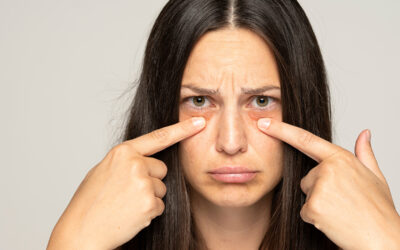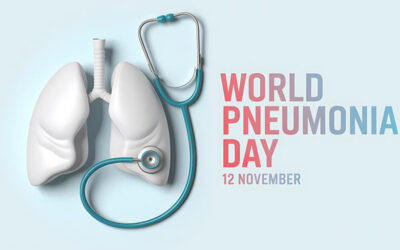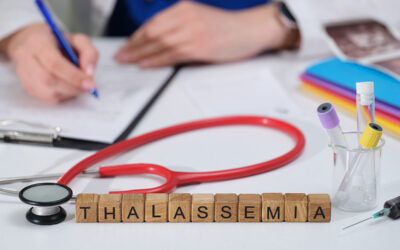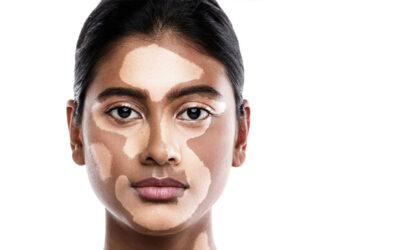Earlobe Repair Surgery: Treating Torn or Stretched Earlobes
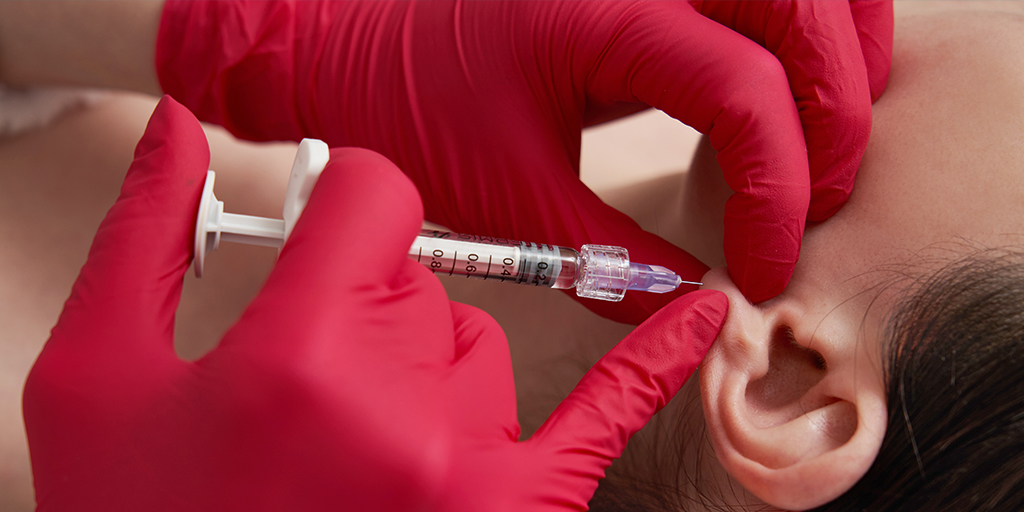
Earlobe repair surgery is a solution for individuals seeking to restore the natural appearance of their earlobes after damage, whether from torn or stretched piercings, trauma, or aging. Whether caused by heavy earrings, accidents, or simply the natural effects of wear and tear, earlobe issues can affect self-esteem and overall confidence. Fortunately, earlobe repair surgery offers a safe and effective way to restore the earlobes to their original form, helping individuals feel more comfortable and confident with their appearance once again. In this article, we’ll discuss what the surgery involves, who is an ideal candidate for it, and what to expect before and after the procedure. But first, let’s understand the procedure.
Table of Contents
ToggleWhat is Earlobe Repair Surgery?
Earlobe repair surgery is a minor surgical procedure performed to correct tears, splits, or stretching in one or both earlobes. It involves reshaping and suturing the damaged tissue to restore a more natural and symmetrical appearance. The procedure is commonly done under local anaesthesia and usually takes less than an hour. It can be performed on individuals of any age and is suitable for both cosmetic correction and functional improvement, especially when torn earlobes prevent wearing earrings or cause discomfort.
Earlobe repair is considered a safe, outpatient procedure with minimal risk and a relatively short recovery period.
Common Causes of Torn or Stretched Earlobes
Earlobes may tear or stretch over time due to a variety of reasons, many of which are common in day-to-day life. Understanding the underlying cause helps determine the best approach for surgical repair.
- Heavy Earrings: Prolonged use of large or heavy earrings can gradually stretch the piercing hole and weaken the earlobe, making it prone to tearing.
- Accidental Trauma: Sudden pulling or snagging of earrings, especially by children or while brushing hair, can cause partial or complete splits in the earlobe.
- Ear Gauging: Intentional stretching for decorative plugs or tunnels can permanently widen the piercing, which may not return to its original shape without surgery.
- Age-Related Changes: As skin loses elasticity with age, earlobes may become thinner and more vulnerable to sagging or tearing.
- Infections or Poorly Healed Piercings: Improper aftercare or allergic reactions to certain metals can lead to local infections and scarring, weakening the earlobe over time.
Who Can Benefit from Earlobe Repair?
Earlobe repair surgery is suitable for anyone experiencing damage, deformity, or stretching of the earlobes, regardless of age or gender. While some choose the procedure for cosmetic reasons, others may require it to restore function or comfort.
Individuals who may benefit include:
- Those with torn or partially split earlobes, often caused by trauma or prolonged use of heavy earrings.
- People with stretched or elongated piercing holes due to gauging or age-related skin thinning.
- Anyone with asymmetrical or irregularly shaped earlobes that affect appearance or earring placement.
- Patients who wish to re-pierce their ears but are unable to do so due to previous damage or scarring.
- Individuals with keloids or scar tissue from previous piercings or injuries who require surgical correction.
A consultation with a qualified plastic surgeon helps determine if earlobe repair is the right choice based on the type and extent of damage.
What to Expect During the Procedure
Earlobe repair surgery is a quick and straightforward outpatient procedure. It is typically performed under local anaesthesia, allowing the patient to remain comfortable and awake during the process.
Consultation and Planning
Before the surgery, the surgeon will assess the condition of the earlobe and discuss the desired outcome. This includes identifying whether the damage is from a complete tear, stretching, or irregular shape.
Procedure Steps
- The area is cleaned and numbed using local anaesthesia.
- The stretched or torn edges of the earlobe are carefully trimmed to remove damaged tissue and create a smooth surface for suturing.
- The remaining edges are then sutured together to reshape the earlobe and restore symmetry.
- In some cases, dissolvable stitches may be used, while in others, sutures are removed after a few days.
Duration and Setting
The entire procedure typically takes 30 to 60 minutes per earlobe and is performed as a day-care surgery, without the need for hospital admission.
Read more-Blepharoplasty (Eyelid Surgery): Types, Benefits, and Recovery
Recovery and Aftercare
Recovery after earlobe repair surgery is generally quick and uncomplicated, especially when aftercare instructions are followed properly. Most individuals can resume routine activities within a day or two.
Healing Timeline
- First few days: Mild swelling, redness, or tenderness around the earlobe is normal.
- 1 week: If non-dissolvable stitches are used, they are typically removed within 5 to 7 days.
- 2 to 4 weeks: The earlobe continues to heal, and most visible signs of surgery gradually fade.
- 6 to 8 weeks: In most cases, ears can be safely re-pierced after this period if desired.
Post-Surgery Care Tips
- Keep the area clean and dry.
- Avoid applying creams, oils, or makeup near the surgical site until fully healed.
- Refrain from sleeping on the treated side or wearing ear accessories during recovery.
- Follow the surgeon’s instructions on medication or follow-up visits.
- Avoid re-piercing too early, as it can interfere with healing or cause re-injury.
With proper care, results are long-lasting and scarring is usually minimal.
Risks and Considerations
Earlobe repair is a minor procedure, but as with any surgery, there are certain risks and considerations to keep in mind. Fortunately, most complications are rare and can be minimised with proper technique and aftercare.
Common and Temporary Effects
- Mild pain, swelling, or bruising at the surgical site
- Temporary redness or tightness as the earlobe heals
- Minor scab formation during the first week
Possible Risks
- Infection, especially if post-operative care is not followed
- Scarring, which is usually minimal but may be more visible in some individuals
- Asymmetry or uneven healing, which may require revision in rare cases
- Recurrence of tearing, particularly if ears are re-pierced too soon or heavy earrings are worn post-recovery
Choosing an experienced plastic or reconstructive surgeon reduces the likelihood of complications and ensures optimal cosmetic and functional results.
Cosmetic and Practical Benefits
Earlobe repair offers both aesthetic improvement and functional restoration, making it a valuable option for individuals with damaged or deformed earlobes.
Cosmetic Benefits
- Restores the natural shape and contour of the earlobe
- Corrects asymmetry or irregularities caused by stretching or tearing
- Improves overall facial balance and appearance
- Allows safe re-piercing for those who wish to wear earrings again
Practical Benefits
- Eliminates discomfort caused by torn or sagging earlobes
- Prevents further damage that may occur if the tear is left untreated
- Boosts confidence, particularly in social or professional settings
- Provides a long-term solution with minimal risk and downtime
Whether motivated by appearance or comfort, earlobe repair can make a significant difference in quality of life.
Conclusion
Earlobe repair surgery is a safe, effective, and relatively simple procedure for addressing torn, stretched, or misshapen earlobes. Whether done for cosmetic reasons or to restore function, it offers lasting results with minimal downtime. With proper evaluation, surgical technique, and aftercare, individuals can regain both the appearance and comfort of their earlobes.
To consult a specialist or learn more about earlobe repair options, visit Graphic Era Hospital or book an appointment with our expert surgical team today.
Frequently Asked Questions
Can I wear earrings again after earlobe repair surgery?
Yes, earrings can usually be worn again after full healing, which typically takes around 6 to 8 weeks. Re-piercing should be done in consultation with the surgeon to avoid the previously damaged area.
Is earlobe repair surgery painful?
The procedure is done under local anaesthesia, so there is minimal discomfort during surgery. Mild soreness or tightness may be felt after the procedure but is usually short-lived and manageable.
Will there be a visible scar after surgery?
Scars are generally minimal and fade over time. The sutures are placed carefully to preserve the natural contour of the earlobe and reduce visibility.
Can both earlobes be repaired at the same time?
Yes, if both earlobes are damaged, they can be treated during the same session. This helps reduce overall recovery time and offers symmetrical results.
Is the result of earlobe repair permanent?
The repair is long-lasting, but care should be taken to avoid re-injury. Wearing lightweight earrings and following post-piercing care can help maintain the results.
By Specialities
- Bariatric Surgery
- Cancer Care
- Cardiology
- Dental
- Dermatology
- Diabetes & Endocrinology
- Endocrinology and Diabetes
- ENT (Ear Nose Throat)
- Eye Care
- Gastroenterology
- Haematology
- Health Care
- Health Tips
- Hematology
- Hepatology
- Internal Medicine
- Mental Health and Behavioural Sciences
- Metabolic
- Neonatology
- Nephrology
- Neurology
- Nutrition & Dietetics
- Obstetrics & Gynaecology
- Oncology
- Ophthalmology
- Orthopaedics
- Paediatric
- Physiotherapy & Rehabilitation
- Plastic and Reconstructive Surgery
- Psychology
- Pulmonology
- Rheumatology
- Spine
- Urology
Recent Posts
- Knee Pain in Young Adults: Causes, Symptoms, and Treatment Options
- Puffy Eyes Explained: Causes, Home Remedies, and Medical Treatments
- Stomach Cancer Awareness Month 2025: Shedding Light on the Silent Disease
- Nutrition for Diabetes: What to Eat and What to Avoid
- World Pneumonia Day 2025: A Global Fight Against a Preventable and Treatable Disease
Need expert medical advice?
Share your details and our healthcare specialists will reach out to assist you.
By proceeding, you acknowledge and agree to our Privacy Policy, Terms of Use, and Disclaimer.

